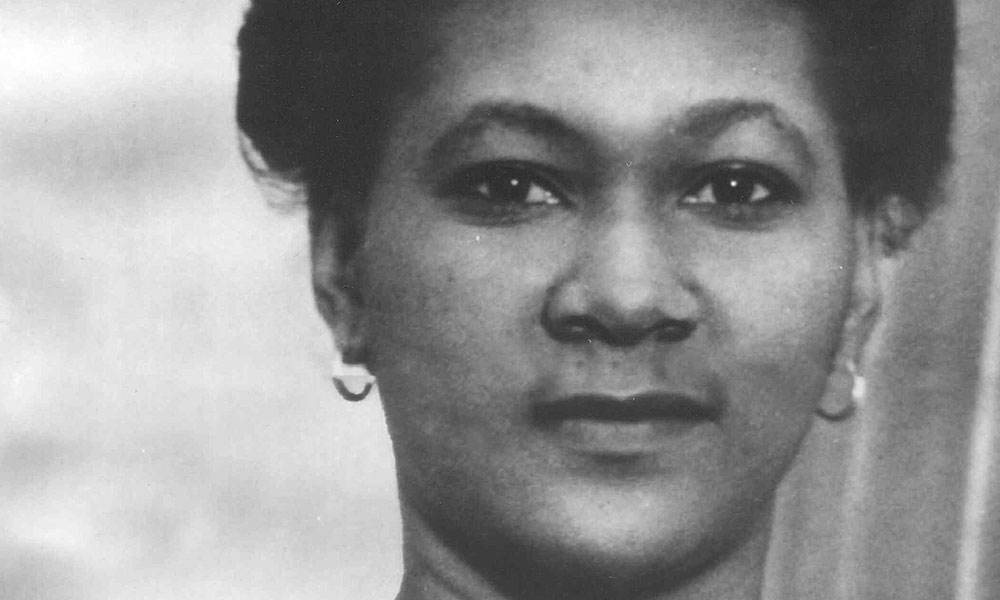Victor Emanuel John
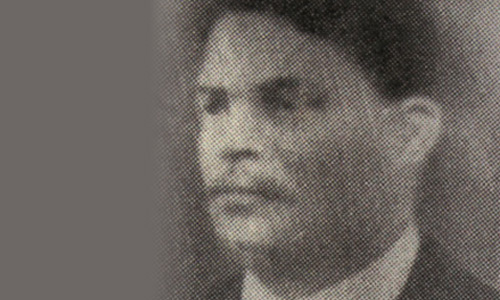
Victor Emaunuel John was born on the 1st Dec 1877 to Ishmael John and Catherine Phipps. The couple were married on the 23rd Dec of that same year in St. Ann's Anglican Church in Sandy Point. Ishmael John was a St. Vincentian who had been given the appointment of schoolmaster at the Methodist School in Sandy Point, St. Kitts. It was there that young Victor received his early education and developed an ambition and intellect not unlike that of his father.
At 16 years of age Victor John became a licensed druggist and served at the Pogson Hospital under Dr. J. A. Foreman. Two years later he felt confident enough to acquire the business of Dr. Charles Blanchette in Dieppe Bay and set up his own business. Dr. Christian Branch, Medical Officer for Dieppe Bay and the surrounding areas was his advisor. He later set up another outlet in Sandy Point and started training other members of his family in the art of dispensing. His first student was his younger brother Frederick.
John also took an interest in photography and produced a number of postcards with views of St. Kitts. Among the products he stocked in his drugstore was Illford film for which he also held the agency. He was able to use his agency to sponsor a sport he enjoyed - cricket. John was the captain of the Illford Film Cricket Team out of Sandy Point
In 1901, Victor John married Fanny Caesar and together they had two children, Vance and Pearl. In 1906 the business was moved to Basseterre, chiefly to facilitate the education of the children. They opened the Paragon Pharmacy on the corner of Church Street and Liverpool Row. Fanny John was the only woman in St. Kitts with a license in the profession.
Like several other independent men of his time, John became involved in the early fight for representative government in St. Kitts. He was an active member of the Taxpayers’ Association which scrutinised many of the activities of the colonial administration. In 1932 he became one of the pillars of the Workers’ league. He was its first Vice President and a subscriber of the Memorandum and Articles of Association. John’s drugstore was one of the favoured meeting points for the members of the League and their supporters.
Victor John died on the 1st April 1938 after a short illness
John Leonard Harney
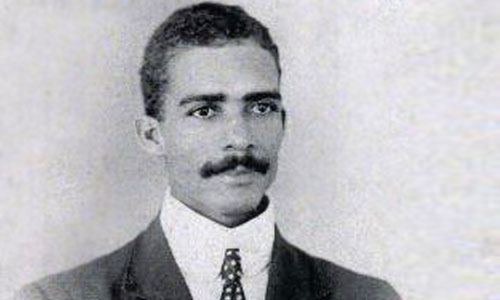
John Leonard Harney was born in Estridge in 1884. As a young man he became involved in the early efforts to establish a literary society in St. Kitts and was one of the initial members of the Mutual Improvement Society. He took an active interest in sports and was President of the Basseterre Lawn Tennis Club.
J.L. Harney started his career in the business world as a mercantile clerk for the firm S.V. Meggs (The Stores) St. Kitts which was located on Bank Street. His employer was interested enough in politics to join the Representative Government Association in 1919 and seems to have had enough concern for his employees to solicit their opinions regarding such matters as lunch hours. It was an attitude that gave Harney a sense of pride and involvement in the work place.
When The Stores closed its doors to the public, Harney found employment as manager with the firm of T.R. Evans on Liverpool Row. He served this business for twenty years and became recognised as an experienced and able leader in the field of Commerce and was elected Treasurer of the Chamber of Commerce.
In 1932, Harney joined the Workers’ League and was a member of its Board of Directors. He was chosen as its first Treasurer and served the St. Kitts-Nevis Trades and Labour Union in a similar capacity from its inception in 1940, till his retirement in 1944. Following Manchester’s death and Challenger’s withdrawal from the Union, Harney was nominated as a candidate for the Workers’ League in the election of 1943. He was elected to the Legislative Council and was later elected to serve on the General Legislative Council of the Leeward Islands. Harney’s public spirit earned him the appointments on numerous public bodies including the position of Justice of the Peace and that of Visiting Justice of the Prison.
In November 1945, impaired health brought Harney’s participation in all spheres of activity to an abrupt end. A stay of five weeks at the Cunningham Hospital seemed to have brought some improvement. In April 1946, went to New York with his daughter Yvonne to obtain further treatment at the Medical Centre Hospital. He continued to stay in touch with friends, family and associates in St. Kitts until his death on the 26th June 1946. J. L. Harney was survived by his wife Mae and their four daughters.
Ada Mae Edwards
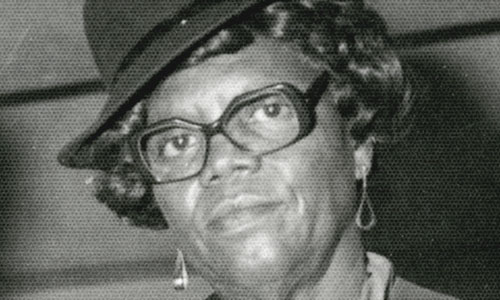
Ada Mae Andrews was born in Antigua on the 9th June 1911 and came to St. Kitts in 1930 immediately after graduating from the Antigua Teacher’s Training College. Her first appointment was as Assistant Teacher at the Sandy Point Boys’ School where she came under the influence of two of the best teachers on the island, J. E. Hanley Headmaster of the Sandy Point Boys’ School and Ann Locker (later Lady Allen) Headmistress of the Sandy Point Girls’ School both of whom worked closely to further education in their community. She also served as an officer of the Girl Guides. Other postings followed for the young graduate - St. Peter’s school in 1935, Basseterre Girls’ School in 1938 and later that same year she was appointed Headmistress of the Dieppe Bay Infant School, Trinity school in 1941 and in 1945 St. Johnston Village School.
In 1948 Mrs. Edwards went to Port of Spain Trinidad where she undertook a course of training at the Government Training College for Teachers and on her return she was appointed Supervising Teacher for Nevis. Four years later she was moved to Basseterre as Supervising Teacher specialising in Domestic Science, also during that year she was able to enrol in a course at the Seaford Housecraft Training College for Teachers at Seaford in the UK and then moving to London she took a special course at the Applied Nutrition Unit at the London School of Hygiene and Tropical Medicine.
On her return to St. Kitts, she was appointed teacher in charge of Home Economics for the Territory. From 1959 she was given the responsibility of training young women who were attempting to go to Canada as domestic servants. This was a programme that helped alleviate unemployment in St. Kitts and presented the young women who participated in it an opportunity of moving to a country where they could further their careers in other fields once their contract was completed. Many found work in hospitals, factories and in offices in Toronto and Montreal. In all nine groups of women from St. Kitts were trained and sent to Canada under the programme.
In 1960 Edwards was appointed Assistant Inspector of Schools for Home Economics which involved assisting the education Department to develop its nutrition programme. During the Royal Visit of 1966, Edwards and her team prepared the meals for the visiting journalists and this won them acclaim in The Times. Further recognition came her way when that same year she was made a Member of the British Empire. During the period 1968 to 1973, Edwards worked tirelessly with Chief Education Officer, Charles Mills to reorganise the Department of Education.
Following retirement from the civil service, Edwards took on new challenges. She served as Executive Officer of the St. Kitts Trades and Labour Union and as acting editor of The Labour Spokesman. Then in 1978, following the sudden death of Speaker Glasford, she was elected by the House of Assembly to be its first female Speaker. She accepted the appointment on behalf of all women and stated that this was recognition of the worth of women in society. She also served as secretary and chairperson of the Friends of the JNF hospital. In the Methodist Church she sang in the choir, taught Sunday School and was Sunday School Superintendent and when Hope Chapel in Newtown was established as a congregation, she was assigned the task of making it into a welcoming place for the people who chose to use it.
Ada Mae Edwards was married to Walter Edwards, a lawyer, who predeceased her. She died in 2004 but will always be remembered as a woman of great dignity, and disciple.
Edgar Challenger
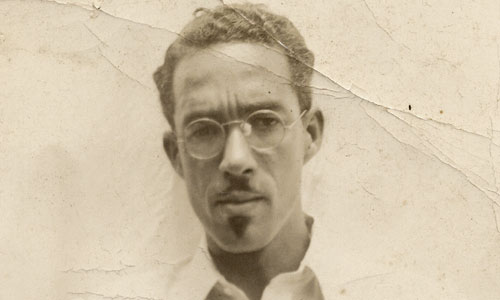
Edgar Challenger was born on the 29th November 1905, the youngest son of John Oscar Challenger and Louisa Wynter. He attended Miss Malvena Amory’s infant school and received his primary education at the school run by Miss Connie Wattley. At age twelve he entered the St. Kitts-Nevis Grammar School, but following an incident with his teacher of Latin he refused to attend any further classes. Instead young Edgar was sent to Lodge School in Barbados where he passed the Cambridge School Certificate Examination excelling in Math and Science.
When Edgar returned to St. Kitts at nineteen years of age he worked briefly in the family business International House on the corner of Princes and Church Street. Eventually, however he went to Canada to pursue studies in the commercial field and then to City College, New York to work towards a degree in Biology. It was at City that the twenty-three year old Challenger sought to do a course in Caribbean history. As no such course was offered, he abandoned the studies that he had registered for and started his own research into this new topic. A job with a firm of florists in Brooklyn provided him with an income and a chance to learn horticulture.
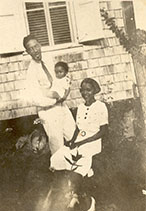
In 1933 he married Rubina Ginyard of South Carolina and returned to St. Kitts. Together with their young son, the couple took up residence on Central Street and Edgar found himself managing the declining family business.
It was at this time that Thomas Manchester, persuaded Edgar Challenger to join the Workers’ League, where he quickly rose to the position of vice-president. In 1937, in the first election held in St. Kitts for 60 years, Challenger was elected a member of the Legislative Council.
In 1939 the Workers’ League spearheaded an attempt to organise a trade union. Edgar Challenger became its first President. He saw the Union as the bargaining body for workers. Sugar Factory workers were deeply involved and their section was established on the 28 February 1940. Labour unrest soon followed when factory workers went out on strike against what they considered bad faith on the part of management. They decided to call the new union to negotiate on their behalf. The union leaders took over the conduct of the strike with Challenger, Sebastian and France commencing negotiations. Halbert organised a strike fund and Challenger’s business supplied most of the food without much expectation that the debt would be repaid.
The strike lasted seven weeks. The Factory employed strike breakers and soon after the Defense Force was mobilised. Seeing that the Factory had the power of the Government behind it, Challenger and the other leaders appealed to the workers to return to work. His moving patriotic address had the desired effect. The Sugar Factory however, refused to re-employ 176 workers including the eleven militants dismissed at the beginning of the strike and the workers became aware of the need for greater solidarity within their ranks. In April 1940, Challenger also managed to avert a strike of the waterfront workers by offering to negotiate on their behalf. This time he was able to win a 10% wage increase from the shipping agents.
In October 1942, Challenger distributed a circular on behalf of the union leadership outlining the interdependence of capital and labour. He noted the Union’s failure to gain adherents among the field workers and the lack of consideration given to Union demands by the Sugar Producers’ Association. Despite difficulties Challenger remained an advocate of responsible action and in view of the war in Europe, he persuaded the Executive to pass a ‘no strike’ resolution. Another industrial dispute the following year prompted an inquiry which favoured the continuation of a bonus rejected by the SPA. The Union Executive felt it was time for action and with Challenger in Antigua rescinded the ‘no strike’ resolution and called for a general strike in the sugar industry. On the 23 April 1943, Edgar Challenger requested a six month leave of absence. His leadership had been dramatically weakened by the death of Thomas Manchester in 1942 and he did not attempt to resume his position. Instead Challenger devoted the rest of his life to researching Kittitian history and answering queries on genealogy often from researchers abroad.
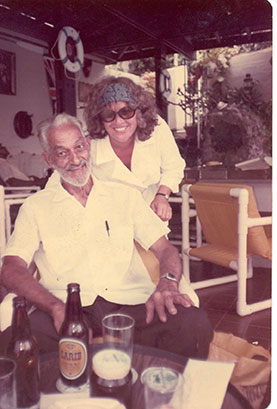
Edgar Challenger died on the 28th November 2000.
William Florian Glasford
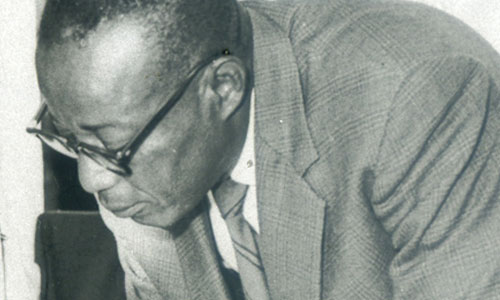
William Florian Glasford was born to Rachel Matthew of Parsons Ground on the 12th December 1908. He attended the Government Elementary School and then took up employment at the St. Kitts Sugar Factory in the dull season. Like many others at the time, he tried his fortune by traveling to Curacao to find employment. On his return he worked as a mechanic at the Sugar Factory.
When the St. Kitts-Nevis Trades and Labour Union was founded in 1940, Glasford became a member and eventually was appointed secretary of the Factory Workers Section of the Union. In this role he had to settle disputes between workers and management and workers and workers. However, his perception of his role allowed him to see the larger implications for the sugar industry on which so many families depended. In an article he wrote in 1957 he expressed concerns over what he noticed.
I often wonder what will be the fate of the sugar industry in the next ten years.
With many of our agricultural workers of the older stock rapidly passing out and the younger ones seeking opportunities to emigrate to sugar plantations in the United States of America and other places, it will be difficult for the industry to carry on.
He found that his work involved persuading workers to be more co-operative in the reaping of the crop but he did not hesitate to publicize their dissatisfaction over the seasonality of their employment. His conciliatory and moderate approach to issues of various kinds, his ability to see both sides without losing sight of the bigger picture enabled him to handle disputes between employer and employee both at the factory and elsewhere with a fair measure of success.
Glasford served for various terms on the Union’s Executive Committee and held the post of Vice President of the Union from 1945 to 1947. He also participated in the activities of other committees dealing with sports and entertainment. In 1948 he was given the opportunity of attending a trade union course in Barbados and on his return he organised a series of evening classes through which he shared his newly acquired knowledge.
Within the political arena, Glasford maintained a close connection with the Workers’ League which was soon to become the Labour Party. He served on its Board of Directors and was a Labour candidate for East Basseterre winning a seat in the Legislature in the elections of 1957, and 1966.
During that period he was appointed as a Minister of Government holding the portfolio of Agriculture and Labour. It was in this capacity that he took measures to improve livestock production by establishing paddocks for animal grazing, introducing new species of grass, and improving drinking facilities. He placed a great deal of emphasis on peasant development in both Nevis and Anguilla and was most anxious to obtain money with which to make small loans available to fishermen.
In matters relating to labour, Glasford faced a period when expectations of returns from employment in St. Kitts could not match what could have been gained elsewhere. The Government, and Glasford in particular was being accused of trying to prevent people from leaving to take up jobs in the United States. However. it was during his tenure that a number of schemes where developed. These included recruiting workers for the catering division of Lyons and Co. in England, domestics for work in Canada and the United States, Anguillan agricultural workers to work in the sugar industry of St. Croix. Whenever necessary the Labour Department provided training to ensure successful employment and negotiated contracts with prospective employers in an effort to provide workers with a measure of security.
On the home front, Glasford had to deal with the Sugar Association which was claiming that a shortage of cane-cutters meant that hundreds of tons of cane were not harvested. The Administration was not convinced that the situation was as bad as the Association claimed. Glasford felt that if a real effort was made to recruit workers in all three islands there should not be any difficulty in harvesting the crop.
In 1971 Glasford was appointed Speaker of the House of Assembly, a position that required patience and dignity in order to ensure an atmosphere of respectability was maintained even when debates became heated,
William Glasford died on the 3rd August 1978.
National Archives
Government Headquarters
Church Street
Basseterre
St. Kitts, West Indies
Tel: 869-467-1422 | 869-467-1208
Email: NationalArchives@gov.kn
Website: www.nationalarchives.gov.kn
Follow Us on Instagram

